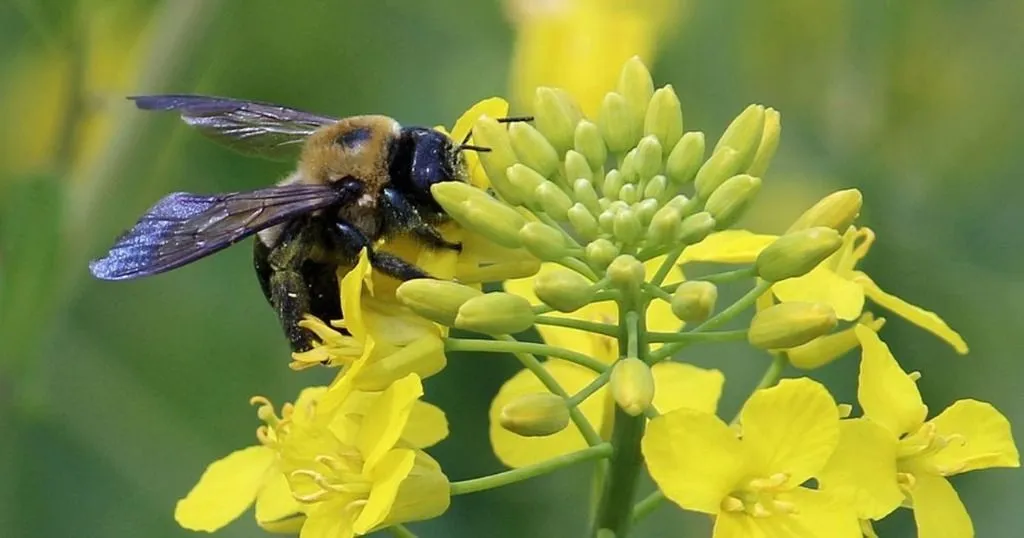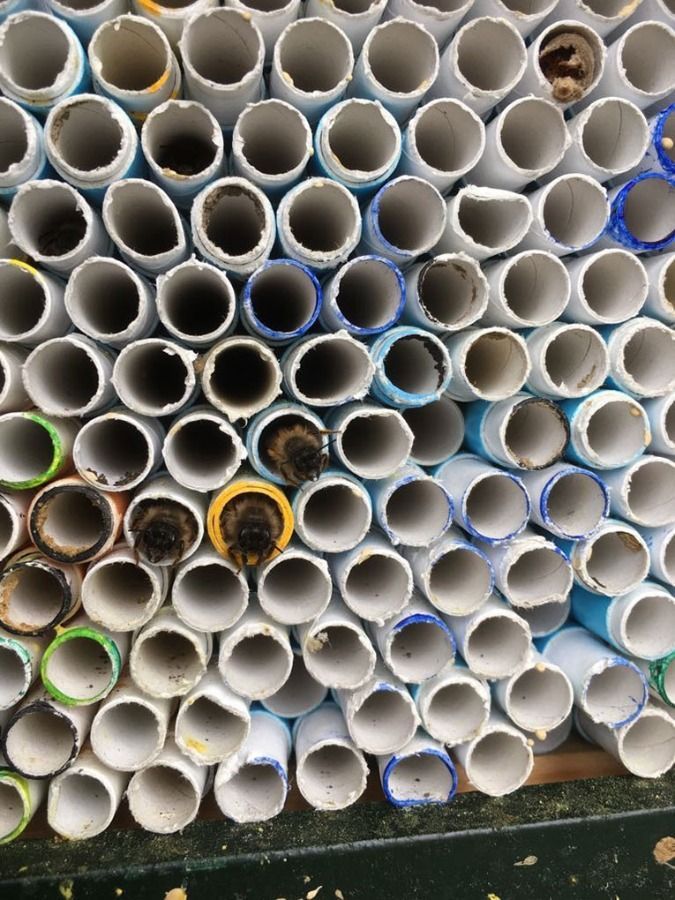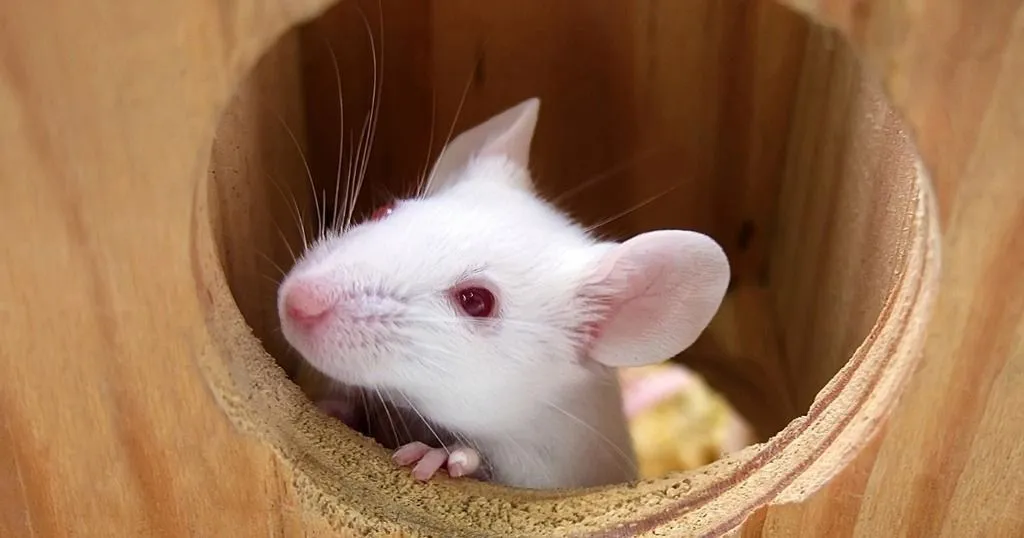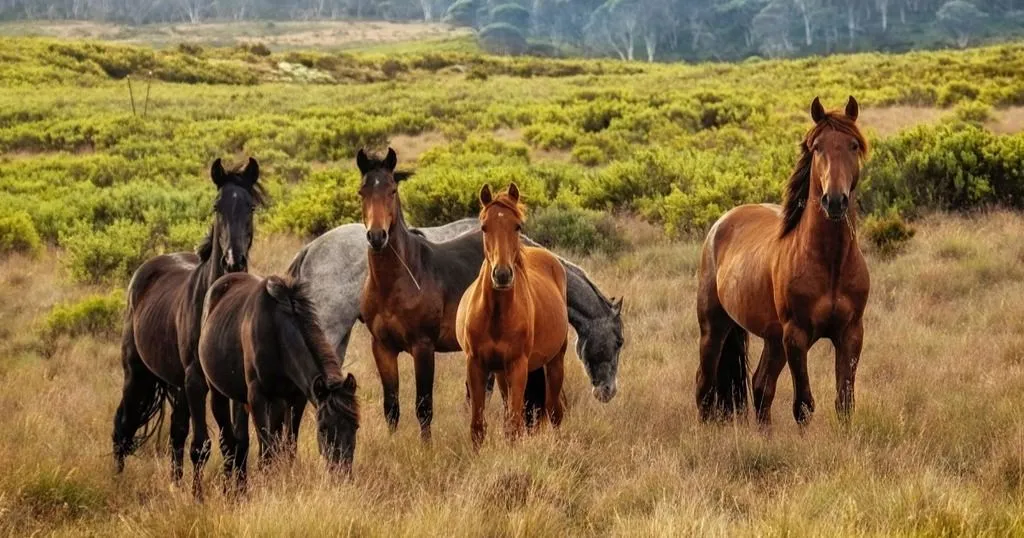Flower preference in solitary bees
Mason bees are fascinating and friendly creatures. Tibor Bukovinszky and his colleagues investigated how their foraging behavior affects their offspring.
Posted by
Published on
Thu 11 May. 2017
Topics
| Insects | Pocket Observer | The Observer XT |

Mason bees (Osmia species) have long been rather unknown to the majority of people. But they are fascinating creatures and they are very friendly, although they can sting they will hardly ever do so.
Mason bees?
Unlike their well-known family members that produce honey, mason bees live a solitary life. The females lay their eggs in cavities in wood and in cane stems of, for example, thatched roofs. After depositing an egg, they build a little wall that separates the egg from the next one. This way a series of eggs, each in its own cell, is laid in the cavity.
The first eggs that are deposited will become females and the last ones males, so that in early spring the males emerge first and fly impatiently nearby until their mating partners emerge [1].
Accommodating Mason bees
In my garden, the little creatures colonized the holes of the counter set screws of my garden table. But also in other gardens they are becoming more apparent, because people have become aware that they exist. Nowadays, many people have placed wood blocks with drilled holes in their garden to accommodate mason bees. The primary school of my son even has built a big mason bee hotel and in early spring the area around it is buzzing with activity.
Mason bees and flower preference
Like honey bees, mason bees feed on pollen and nectar. The females deposit pollen and nectar in the cells with eggs, so that the larvae have food when they emerge from the eggs. Different species have preference for different flower species. Some have specialist preference for a plant or plant family, others are generalists [2].
Flower preference and offspring performance
Tibor Bukovinszky, who regularly supplies the Noldus Behavioral Research Blog with beautiful pictures of insects (www.bugsinthepicture.com), is a scientist who is also fascinated by mason bees. Together with his colleagues, he investigated how the foraging behavior of the generalist mason bee Osmia bicornis affects the performance of the offspring [3].
They investigated the preference for three plant species from distinct plant families: borage (Boraginaceae), cornflower (Asteraceae) and rapeseed (Brassicaceae). The authors used Pocket Observer to record the bee behavior and The Observer XT to analyze it.

Picture by Pam van Stratum ([email protected])
Rapeseed is the best
After careful observations, the researchers discovered that when the mason bees were only offered rapeseed, their offspring had the highest survival and body mass. Interestingly, this also led to the highest fraction of females in the offspring. The offspring did not do well at all on the other two plant species.
But bees do not prefer rapeseed
As rapeseed seemed so beneficial, it was surprising to find that when the bees could forage freely among the three plant species, they did not have a preference for rapeseed. However, there is an explanation for this. A generalist like Osmia bicornis lives in an environment that is unpredictable where plant species and thus flower resources will vary over time.
What flowers do mason bees like? The authors hypothesize that it probably pays to collect pollen from a mixture of plants, even if a superior plant species is available.
Interested in Mason bees?
Did this post raise your interest in mason bees? Have a look here how you can help them in your garden: http://lfs-teg-collab.sites.olt.ubc.ca/files/2015/02/[email protected]
References
- https://en.wikipedia.org/wiki/Mason_bee
- C. Cripps, R. W. Rust; Pollen Preferences of Seven Osmia Species (Hymenoptera: Megachilidae). Environ Entomol 1989; 18 (1): 133-138. https://doi.org/10.1093/ee/18.1.133
- Tibor Bukovinszky, Ijsbrand Rikken, Sanne Evers, Felix L. Wäckers, Jacobus C. Biesmeijer, Herbert H.T. Prins, David Kleijn. Effects of pollen species composition on the foraging behaviour and offspring performance of the mason bee Osmia bicornis (L.), Basic and Applied Ecology 2017; 18: 21-30. https://doi.org/10.1016/j.baae.2016.11.001.
Related Posts

Normalization of blood sugar reduces enhanced rewarding effect of smoking

Top 10 Animal behavior research blogs

